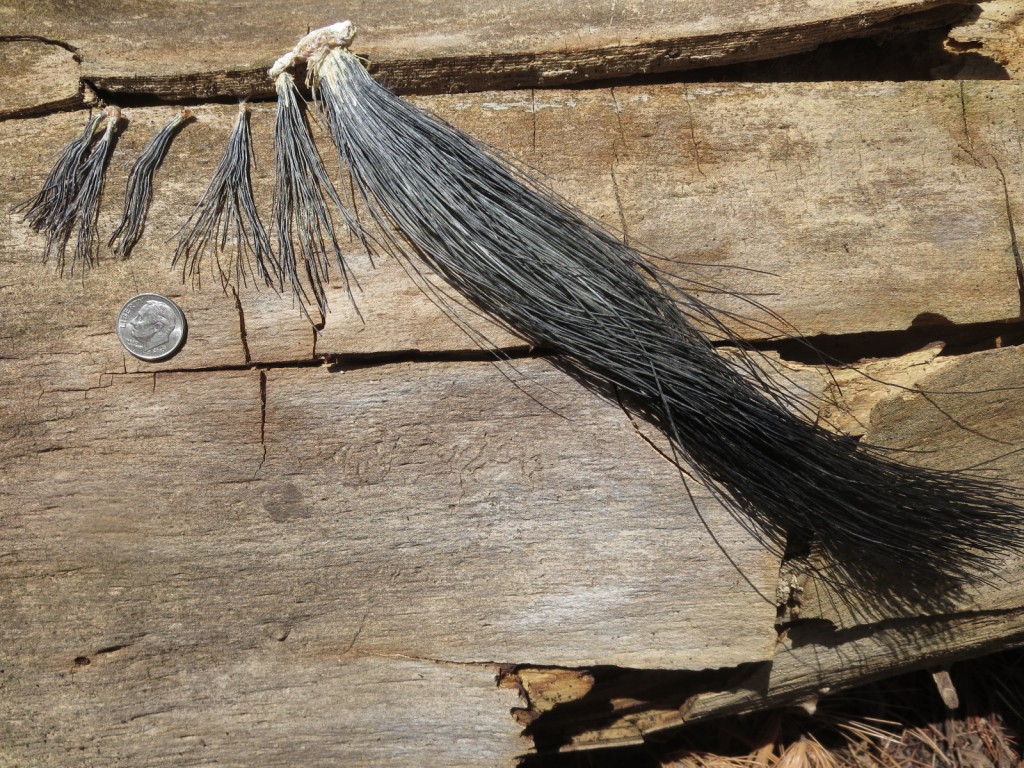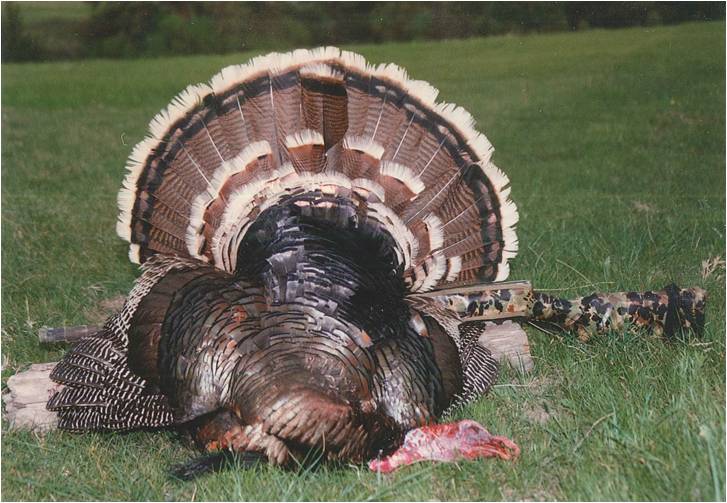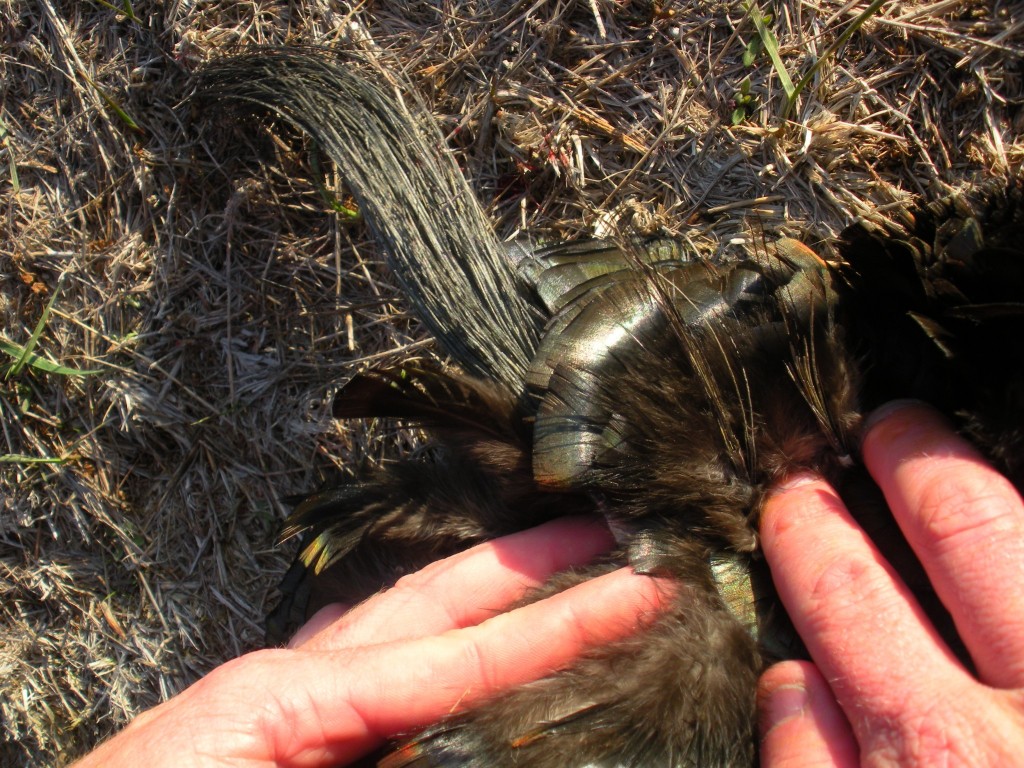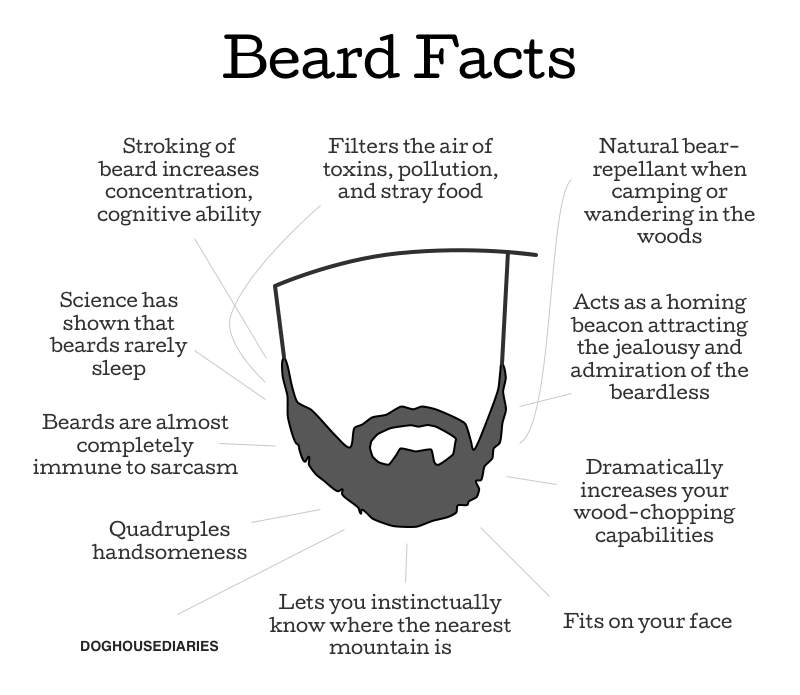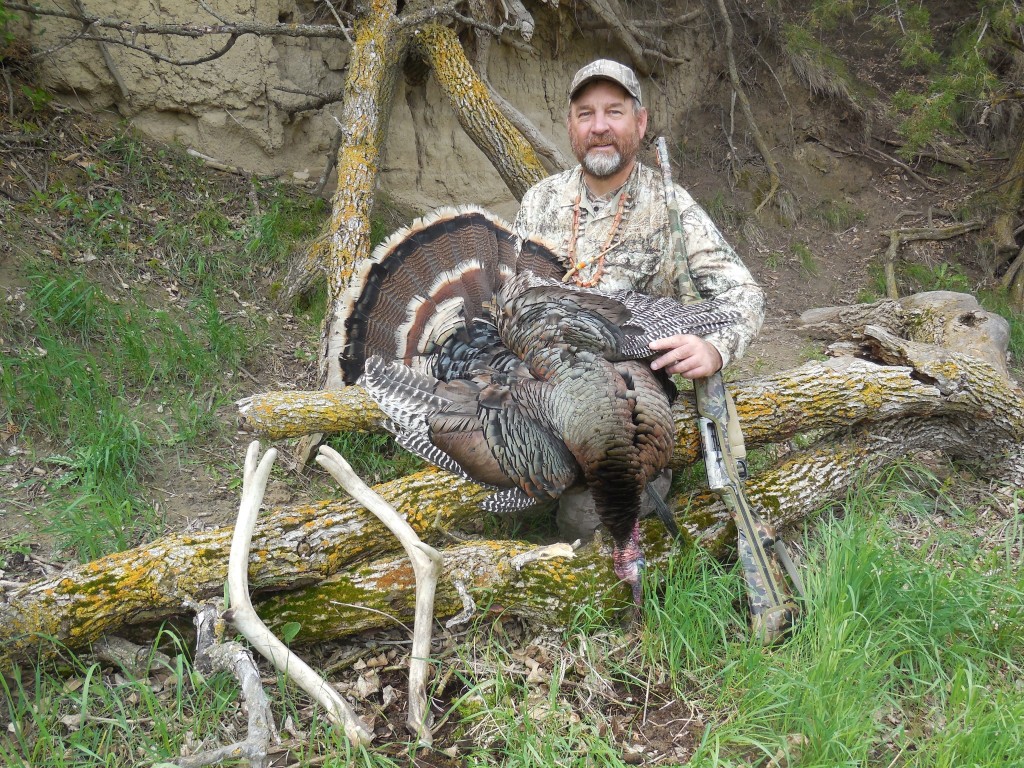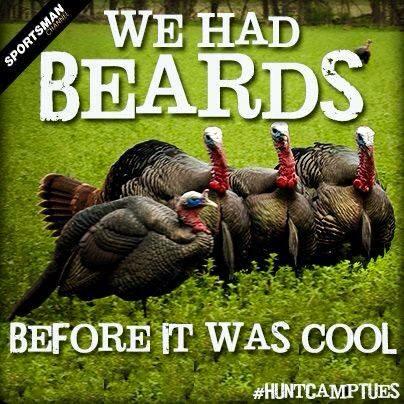I love wild turkeys. I cannot think of anything I dislike about wild turkeys. Oh sure I experience many frustrations while hunting them each spring, but that is hunting! That is all part of the experience, and the more frustrations, the more I get to experience! You cannot convince me that there is a prettier bird anywhere than a big ole gobbler, and I love to watch the antics and behavior of all turkeys during the spring. I love listening to them, and when I punch a tag, I love eating them. I cannot think of a bad way to prepare a turkey for the table; smoked, roasted, fried, jerked, I have tried and liked ’em all. And a mature Tom is a trophy! I love saving the tail fans, I have a whole basement full, but they are so pretty I just gotta save one more (Turkey Musings). I save the spurs, and what turkey hunter is not obsessed with beards? Beards are all I think about this time of year!
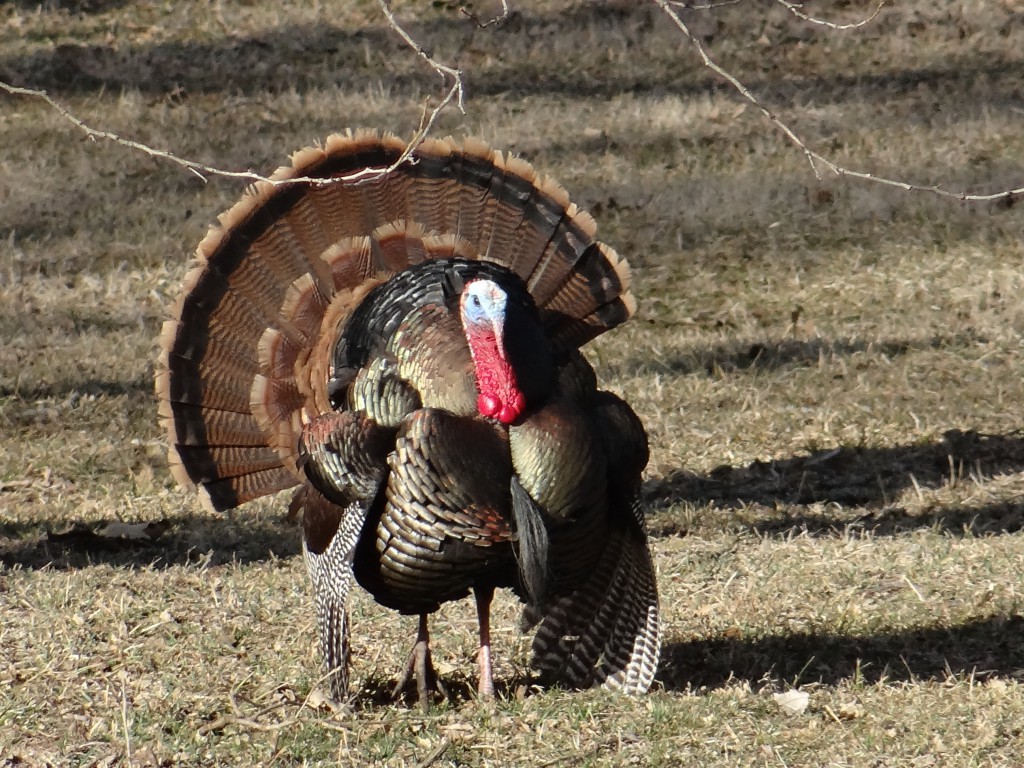
Male turkeys grow these funny bristles from their chests. They are actually modified feathers, but we call ’em beards. The beards grow throughout a turkey’s life and so, generally, the longer the beard the older and bigger the turkey, and the longer the beard the more the bird represents a trophy. Thus my obsession with beards. One-year old male turkeys, Jakes, will generally have beards about 4-5 inches long. When they are two years of age the beards will be around 8 inches or so, maybe more, and generally a three-year or older turkey will have a beard of 9 inches or more. The beards keep growing, but then they get worn down and broken off. Theoretically, big old Toms could have beards of more than a dozen inches, but most of the time the beards get worn down to something shorter than that. The joke among seasoned turkey hunters is that they killed Toms that were so big and so old that they had beards they tripped on when they walked. Somewhere a little north of 10 inches would be the longest beard I have from a Nebraska turkey. I almost got one once that had a 15-inch beard, he was coming to my calling, but he kept tripping on his beard.
My kids and I try to harvest only mature, 2-year or older Toms each spring. It is our way of practicing “selective harvest” in our turkey hunting. So, when we see gobblers we are always looking for beards–if they have one long enough to swing underneath their chest, they are mature, 2-year and older birds. We call ’em “swingers”. If they just have the bristles jutting out, then they are Jakes and we will pass on them–Jakes are next year’s “swingers”!
Another thing I love about turkeys is the variety–variety in colors, variety in beards, spurs and other oddities. Those things give each bird “character” and are something unique to remember about each bird. I have harvested mature Toms that had most of their beards broken off with only a handful of bristles extending past 8 inches. Those may not have been considered “trophies” because of the spindly beards, but I always say a “trophy” is what you make of it. The uniqueness of each bird makes them a trophy.
Speaking of oddities: There are some hen turkeys that grow beards, not a lot, but a few. In my wanderings each spring I usually spot a hen or two that have beards. Then there are Toms with distinct, separate, multiple beards! These are the real trophies of the spring turkey hunting world. Toms with multiple beards are uncommon, but in my years I have taken a handful that had more than one beard. Most of those had 2 or 3 beards, but the most I have seen on a bird I harvested had 6!
That photo shows the preserved beards from that 6-bearded Tom I took back in 1996. All of the multiple-beard Toms I have seen had one main, long beard, and then extra, shorter, spindlier beards above the one main beard. For bragging purposes, hardcore turkey hunters will sum the length of all beards on a multiple-bearded Tom; that is how you really rack up the “beardage”. My 6-bearded Tom had 19 7/8 inches of beard!
It is often hard to see multiple beards on a Tom until you have them in hand. The photo above was that 6-bearded Tom, but you cannot see the smaller, extra beards. My brother-in-law took a 3-bearded Tom in northern Nebraska years ago that had three of the thickest, most-visible beards I have ever seen.
Since it can be hard to see extra beards on a bird until they have been bagged, one of the first things my kids and I do after taking a bird is examine it closely for “bonus” beards! Extra beards may not be huge, and sometimes you have to look through the chest feathers a bit before finding those surprises.
The smallest beard I have seen on a Tom was taken by my cousin. Look close. . . .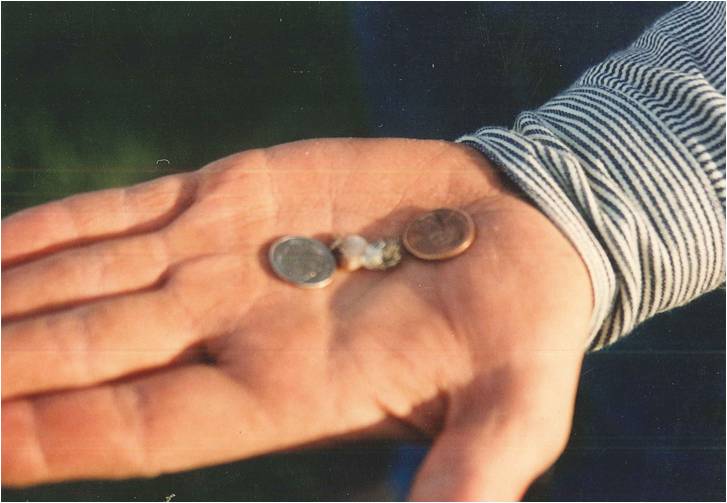
He claims that he could see the beard before he made the shot. I do not think his eyes are that good. He knew it was a Tom from the coloration of the head and feathers, and then looked really hard to find the one beard on that Jake.
Nah, we never give him a bad time about taking a Jake with the smallest beard any of us have ever seen. . . . We still laugh about it.
Here are some other fun beard facts:
Oh, I guess I switched to different beards there.
Yes, I have a beard most of the year. It sure feels good when standing on the ice catching fish each winter. However, and this may ruin my reputation, I usually shave my beard each summer. Yes, it is warm in the winter, but it also feels nice to have a little cooler face during the summer.
Traditionally, my annual shaving of the beard comes at the end of spring turkey season–once we complete our taking of turkey beardage each spring, it is time for the beard-shaving ceremony.
So, in the spring, if you see me with a beard, you will know I am still hunting gobblers.
But soon it will be time to get back to fishing!
Gotta go, I hear a turkey gobbling!
The post Beardage appeared first on NEBRASKALand Magazine.


